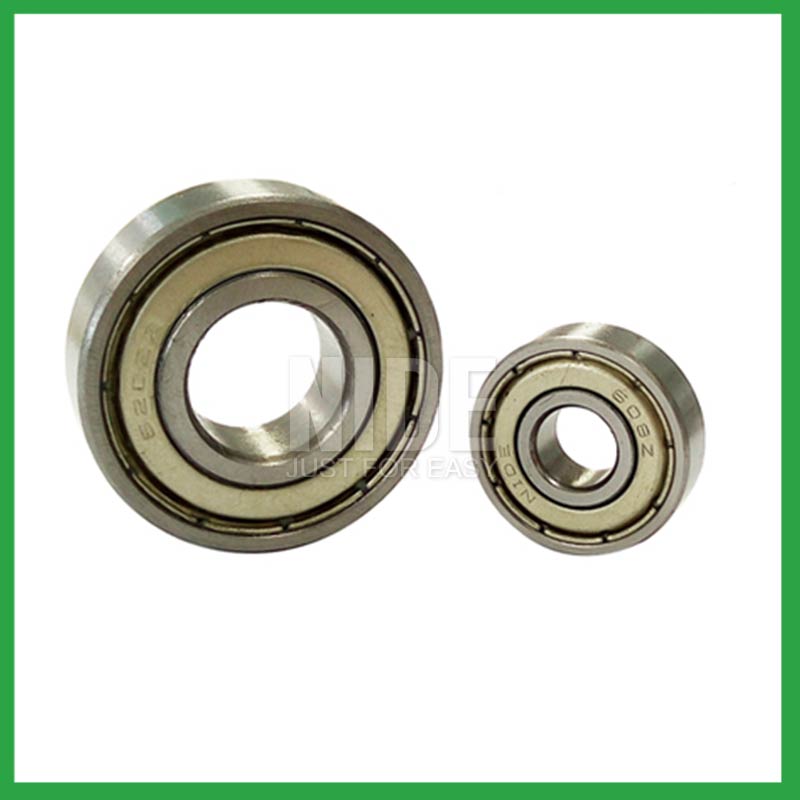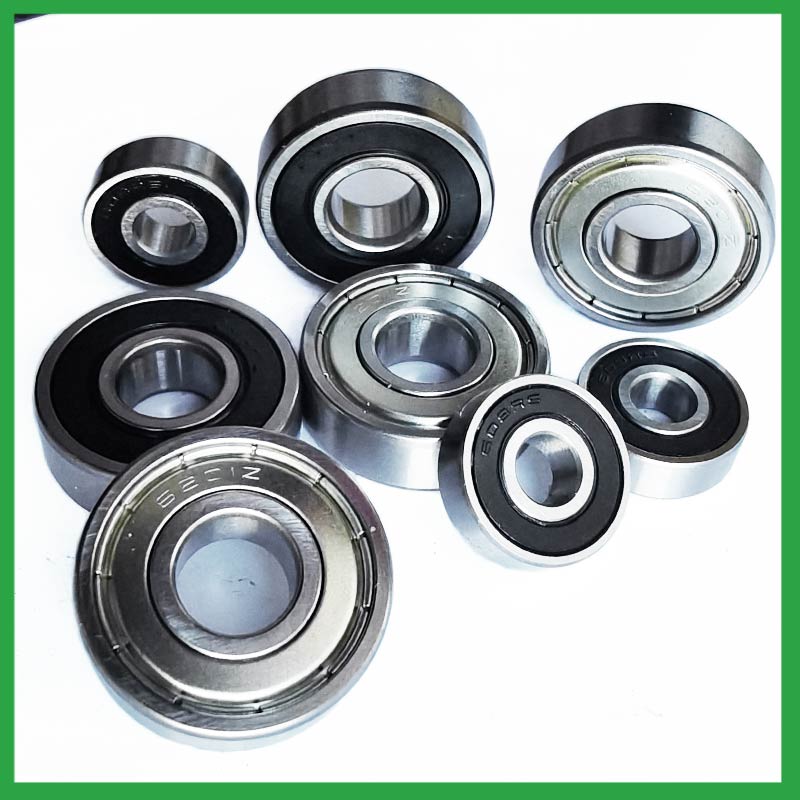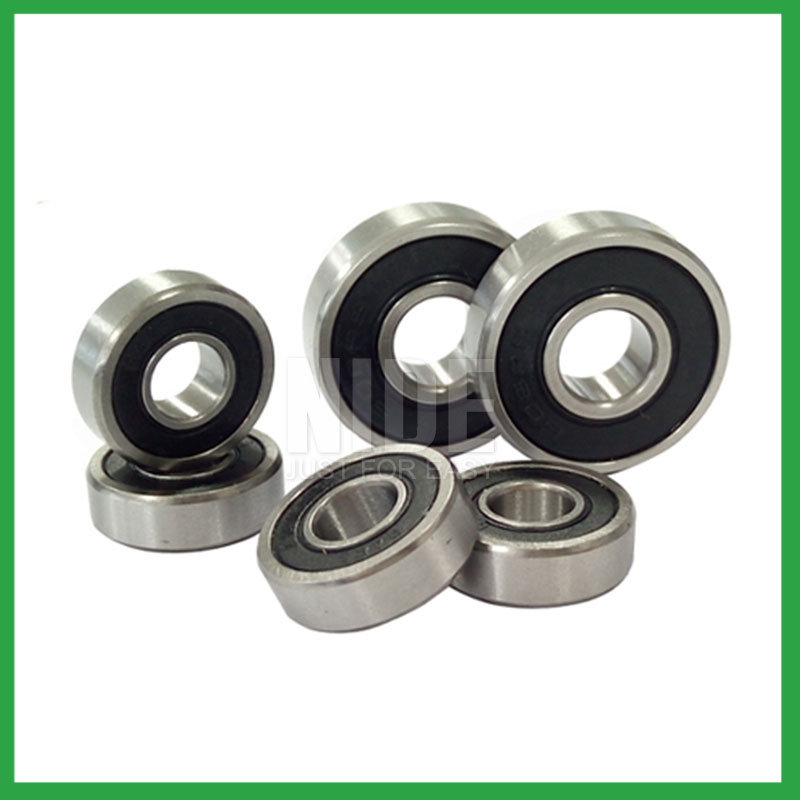PRODUCTS
CONTACT US
Ningbo Nide International Co., Ltd.
一一
· Contact person:Jack Zeng
· Mob/Whatspp/WeChat:0086-13738869026
· Email:emarketing@nide-group.com;marketing4@nide-group.com
· Add:No. 169, Wohushan Road, Daqi Subdistrict, Beilun District, Ningbo, China

Nide team could manufacture ball bearing as per customer’s drawing and samples.
If customer only has samples, we could also design drawing fo r our customer.
We also provide customized service.
Our ball bearing is widely applied the different industrials.
Haishu Nide International was established in 2010. We produce shaft,ball bearing,thermal protector,insulation paper,magnet,motor cover and lamination and other products. Our unwavering commitment to quality has been recognized by the National Testing Center and the Zhejiang Provincial Testing Center. We adhere to ISO 9001:2015 and CE statior standards, prioritize quality, and operate with integrity.
We prioritize quality and first-class service, constantly pursuing perfection. We have a deep understanding of the precise needs of our customers, and our important motor component manufacturing network and strict quality control system enable us to provide high-quality products to customers at reasonable prices.

| Parameter | Information |
| Product Name | linear ball bearing and shaft |
| Brand Name | Nide |
| Place of Origin | Ningbo,China |
| Type | Ball |
| Material | chrome steel, etc. |
| Sample | Avaible |
| Warranty | 3months-1year |
| Lubrication | Dry/ Oil |
| Application | various industrial equipment, etc. |
| Port | Ningbo/Shanghai |
| Size(mm) | customize |
| Export Country | Argentina,Brazil,South Korea,Bolivia,Austria,Rwanda,Timor-Leste...etc |
| Export region | America,Europe,Asia... |
| Certification | ISO 9001 Certification,CE-insulation paper inserting machine,CE-stator coil winding machine,etc |
| Precision Rating | as per customer's requirement |
| Feature | Low Noise,High speed...etc |
| Packaging Details | Suitable for sea transportation |
| Color | gray+customized |
| Seals Type | Rubber seals |
| Service | Prompt Delivery |
| Supply Ability | 100000-500000 Piece/Pieces per Month |
| Lead time (days) | 15-20 (To be negotiated) |
Please note: The above table data is for reference only. For specific information, please contact us.
linear ball bearing and shaft is a component with a ball as the rolling element, consisting of an inner ring, an outer ring, and a ball. They form a closed raceway between the rings, and the ball rolls through a curved surface in the raceway.
During the installation process, pollution from dirt and wear media should be prevented;
Temperature and humidity should be controlled to avoid excessive temperatures during startup and operation;
It should be operated and lubricated in the correct reverse direction to avoid unnecessary damage.
Ball bearings have many advantages, making them highly competitive in the market.
Firstly, they are very durable and have good wear performance, making their service life longer than many other types of bearings.
Secondly, they are easy to install and can provide low friction performance in various applications.
Thirdly, they require a relatively low level of maintenance, making them cost-effective.
In addition, compared to many other types of bearings, their purchase cost is relatively low, making them an economical choice.




linear ball bearing and shaft---FAQs Guide
2.Can linear ball bearing and shaft operate in high-temperature environments like industrial ovens or furnaces, and how are they protected from heat-related damage?
3.How do linear ball bearing and shaft provide smooth and controlled motion in various mechanical systems, such as conveyor belts or automobiles?
4.Can linear ball bearing and shaft operate in high-speed applications, and what design features make them suitable for such conditions?
5.As a linear ball bearing and shaft manufacturer,How Can We Guarantee Quality?
6.How do manufacturers ensure the quality and reliability of linear ball bearing and shaft through material selection and precision machining?
7.What is the role of linear ball bearing and shaft in reducing friction and wear in automotive applications, such as wheel hubs and transmissions?
8.What are the standard sizes and dimensions of linear ball bearing and shaft?
9.What maintenance practices are recommended to extend the lifespan of linear ball bearing and shaft and prevent premature failure?
10.Where can linear ball bearing and shaft be used?
11.Do linear ball bearing and shaft come in various tolerance classes?
1.How do manufacturers address concerns related to bearing noise and vibration in sensitive equipment?
From a linear ball bearing and shaft manufacturing perspective, a low noise or vibration rating is achieved by paying attention to the surface finish of the raceways and balls, their roundness, and selecting the correct cage design. Finely filtered low noise greases can also be used to reduce vibrations.
2.Can linear ball bearing and shaft operate in high-temperature environments like industrial ovens or furnaces, and how are they protected from heat-related damage?
linear ball bearing and shaft are capable of working at temperatures up to +842°F (+450 °C). Special lubricants, seals and coatings make this possible by protecting the ball bearings from heat damage.
3.How do linear ball bearing and shaft provide smooth and controlled motion in various mechanical systems, such as conveyor belts or automobiles?
In essence, linear ball bearing and shaft operate on the principle that it's far more efficient to roll over surfaces than to slide, thereby significantly reducing friction and facilitating smooth movement of machinery parts.
4.Can linear ball bearing and shaft operate in high-speed applications, and what design features make them suitable for such conditions?
They have very low rolling friction and are optimized for low noise and low vibration. This makes them ideal for high-speed applications. linear ball bearing and shaft are comparatively easy to install and require minimal maintenance.

5.As a linear ball bearing and shaft manufacturer,How Can We Guarantee Quality?
Always a Pre-production Sample Before Mass Production;Always Final Inspection Before Shipment.
6.How do manufacturers ensure the quality and reliability of linear ball bearing and shaft through material selection and precision machining?
High-precision measuring instruments, such as micrometers and gauges, are used to check the dimensions of the rings and balls to ensure they meet tight tolerances. Surface Finish Inspection: Surface finish is assessed using profilometers to ensure the required smoothness and low friction characteristics.
7.What is the role of linear ball bearing and shaft in reducing friction and wear in automotive applications, such as wheel hubs and transmissions?
When a load is applied to a ball bearing, the linear ball bearing and shaft roll freely between the inner and outer rings. This rolling action significantly reduces friction compared to sliding contact, resulting in smoother rotation and reduced wear.
8.What are the standard sizes and dimensions of linear ball bearing and shaft?
linear ball bearing and shaft size charts are widely available, and can be used to find the measurements of a specific bearing. Series 6200 and 6300 are the most commonly used, and typically range from 10 x 30 x 9 mm (. 394 x 1.181 x . 354 in) to 150 x 320 x 65 mm (5.906 x 12.598 x 2.559 in).

9.What maintenance practices are recommended to extend the lifespan of linear ball bearing and shaft and prevent premature failure?
Proper handling and installation of linear ball bearing and shaft is essential to preventing premature failure. Ensure that bearings are stored and transported in a clean, dry, and vibration-free environment. During installation, ensure that bearings are properly aligned, and torque is applied correctly.
10.Where can linear ball bearing and shaft be used?
linear ball bearing and shaft are very versatile. They can be designed to withstand radial loads, axial loads and combined radial/axial loads at various operating speeds. These characteristics, combined with the relative cost and compactness of the design, give it universal appeal within the industry. Ball bearings are widely used in electric motors, gear reducers and pumps. Serving the automotive, home appliances, aerospace, oil and gas drilling, and mining sectors.
11.Do linear ball bearing and shaft come in various tolerance classes?
Bearing tolerances are standardized by classifying bearings into the following six classes (accuracy in tolerances becomes higher in the order described): 0, 6X, 6, 5, 4 and 2.

